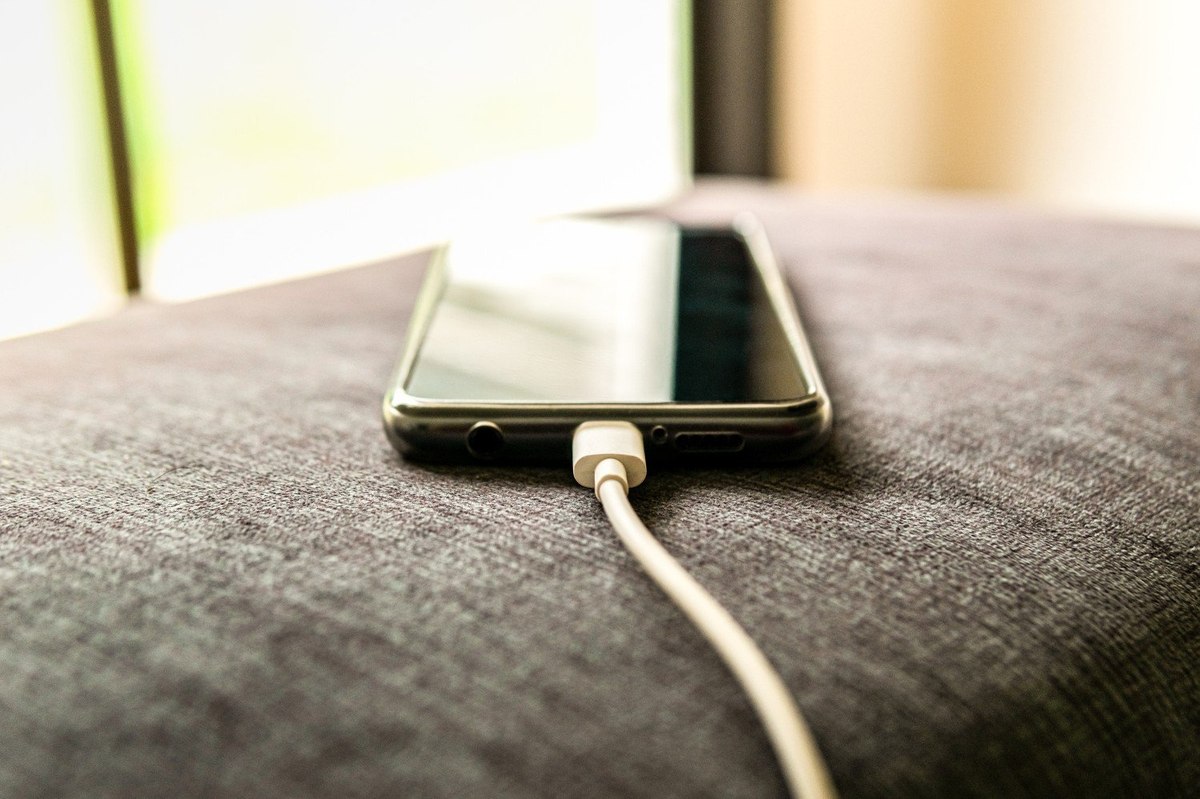
US: Features premium smartphone buyers prioritize when picking a new device
A fresh YouGov Surveys poll run between February 22 – 23 into smartphone consumer behavior reveals that over a third of Americans are set to buy a new smartphone in the next 12 months (36%). Out of these consumers, a fifth intend to buy devices ranged between $751 to $1000 (19%) and another 12% intend to splurge over $1000.
But what features will these high-spenders prioritize when they are in the market next, relative to other price brackets?
In this piece we refer to the high-spenders as premium smartphone buyers ($751 to $1000) and ultra-premium smartphone buyers (more than $1000). For context, we compare results for these groups against all price-aware smartphone buyers. Price-aware smartphone buyers refer to all Americans who specified any amount they will spend on their next smartphone purchase. While the chart demonstrates the differences between the groups, we also examine some key takeaways.
Battery life is king among all American smartphone buyers
Among all groups, battery life emerged as the most selected feature. But premium smartphone buyers are the most likely to think about battery life when purchasing a device (72%). Two-thirds of ultra-premium smartphone buyers (65%) and a similar proportion of all price-aware smartphone buyers (64%) also say they will consider battery life.
Interestingly though, a much smaller share of consumers are concerned about the time it takes to charge the device. Only two-fifths of the overall group (39%) selected ‘battery charging time’ as a factor, but the share picked up noticeably among ultra-premium smartphone buyers (46%).
Brand, operating system are major determinants among ultra-premium smartphone buyers
Three-fifths of ultra-premium consumers indicate they will place an importance on the phone’s brand when they are next out shopping for a device (58%). Premium smartphone buyers are noticeably less likely to select brand as a factor (52%) and the share dips to just two-fifths of consumers in the broader group (42%).
Similarly ultra-premium smartphone buyers are eight percentage points likelier than the premium group and 13-percentage points likelier than the overall group to say they will consider a device’s operating system (57% vs 49% vs 44%).
Paying the big bucks for speed
Ultra-premium smartphone buyers are 44% likelier than the overall group to say they will think about processor speed when they are in the market next (52% vs 36%). Interestingly, even among the premium smartphone buyers (41%), this share lags the ultra-premium group quite noticeably.
This makes processor speed one of the biggest differentiators between those looking to spend over $1000 on their next device and consumers in other price bands.
Photograph and video quality are given almost equal consideration
More than a half of premium smartphone buyers (54%) and ultra-premium smartphone buyers (53%) put an emphasis on camera photograph quality when buying a new device. Only a slightly lower share of these categories of consumers say they will also be on the lookout for video quality (48% of premium buyers and 50% of ultra-premium buyers).
This is in contrast to our findings in the UK, where photograph quality is significantly more important to buyers than video quality.
This is part one in a three-part series examining the key features and factors considered by smartphone buyers in the US. In the upcoming pieces, we will examine in greater detail the views of mid-range and budget smartphone buyers. These insights into smartphone consumer behavior can help brands and marketers prioritize different features for devices in different price segments.
Explore our living data – for free
Discover more telco content here
Want to run your own research? Run a survey now
Make smarter business decisions with better intelligence. Understand exactly what your audience is thinking by leveraging our panel of 20 million+ members. Speak with us today.
Methodology
YouGov Surveys: Serviced provide quick survey results from nationally representative or targeted audiences in multiple markets. The data is based on surveys of adults aged 18+ years in the US with an overall sample size of 2,238 adults. All surveys were conducted online in December 2022. Data for US uses a nationally representative sample. Learn more about YouGov Surveys: Serviced.